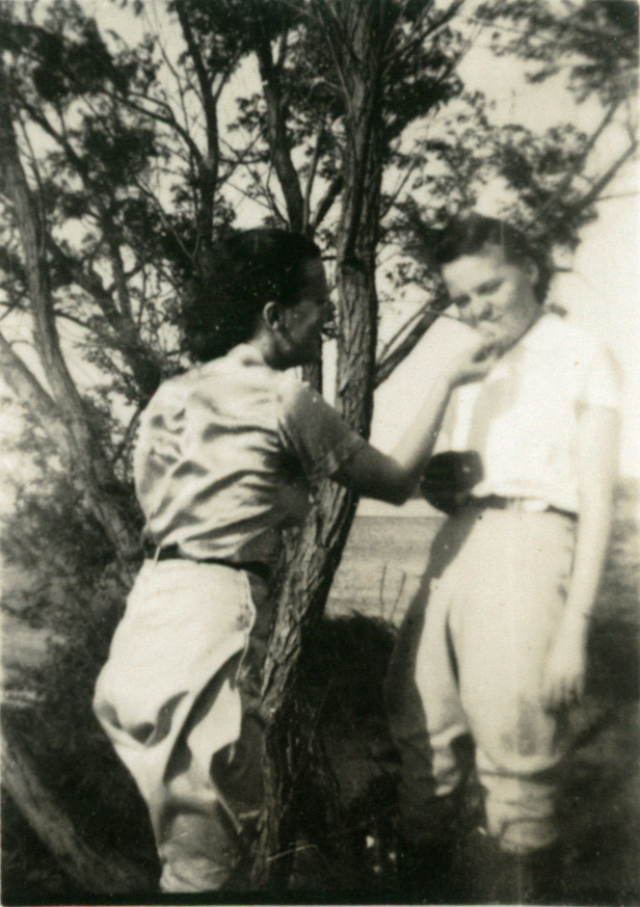In the 1920s and 1930s, jodhpurs were a staple in both equestrian and high fashion, evolving from purely functional riding wear into an iconic look with flair. Originating from traditional Indian riding pants, jodhpurs in this era had a distinct silhouette: wide and roomy at the hips and thighs for freedom of movement, tapering sharply from the knee down to fit snugly at the calves. This gave them a unique, bold shape that was both practical and striking.
In the 1920s, jodhpurs became a symbol of independence and modernity for women. With the rise of flapper culture and more relaxed social norms, fashion icons like Coco Chanel and other avant-garde women adopted jodhpurs as a chic alternative to skirts. Women paired jodhpurs with loose blouses, fitted vests, or men’s jackets, often accessorized with a wide belt and tall riding boots. This look reflected the trend of women’s fashion breaking away from restrictive silhouettes and embracing a more androgynous style.
The 1930s saw jodhpurs become even more streamlined and sophisticated. Hollywood stars like Katharine Hepburn, Greta Garbo, and Marlene Dietrich popularized jodhpurs in their personal styles and onscreen, making them iconic pieces in women's fashion. This decade embraced a sleeker, tapered fit that was narrower than earlier jodhpurs but still roomy around the thighs for movement. Women often paired jodhpurs with fitted jackets, riding shirts, or even casual sweaters, balancing elegance with a touch of ruggedness.
The jodhpurs of the 1920s and 1930s have had a lasting influence on fashion, embodying both elegance and functionality. They remain a classic for vintage-inspired styles, channeling a sense of boldness and independence.





































.jpg)




0 comments:
Post a Comment